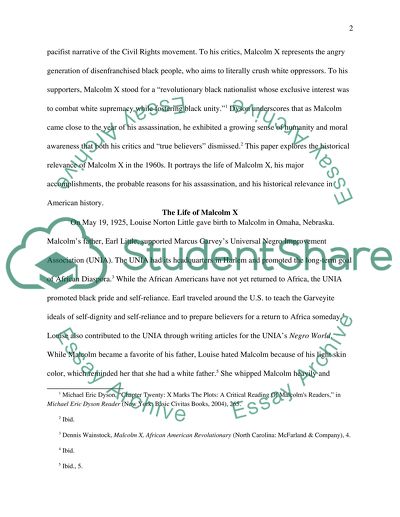Cite this document
(“Discuss Malcolm X's historical relevance on the 1960s Essay”, n.d.)
Retrieved from https://studentshare.org/history/1398407-discuss-malcolm-x-s-historical-relevance-on-the
Retrieved from https://studentshare.org/history/1398407-discuss-malcolm-x-s-historical-relevance-on-the
(Discuss Malcolm X'S Historical Relevance on the 1960s Essay)
https://studentshare.org/history/1398407-discuss-malcolm-x-s-historical-relevance-on-the.
https://studentshare.org/history/1398407-discuss-malcolm-x-s-historical-relevance-on-the.
“Discuss Malcolm X'S Historical Relevance on the 1960s Essay”, n.d. https://studentshare.org/history/1398407-discuss-malcolm-x-s-historical-relevance-on-the.


